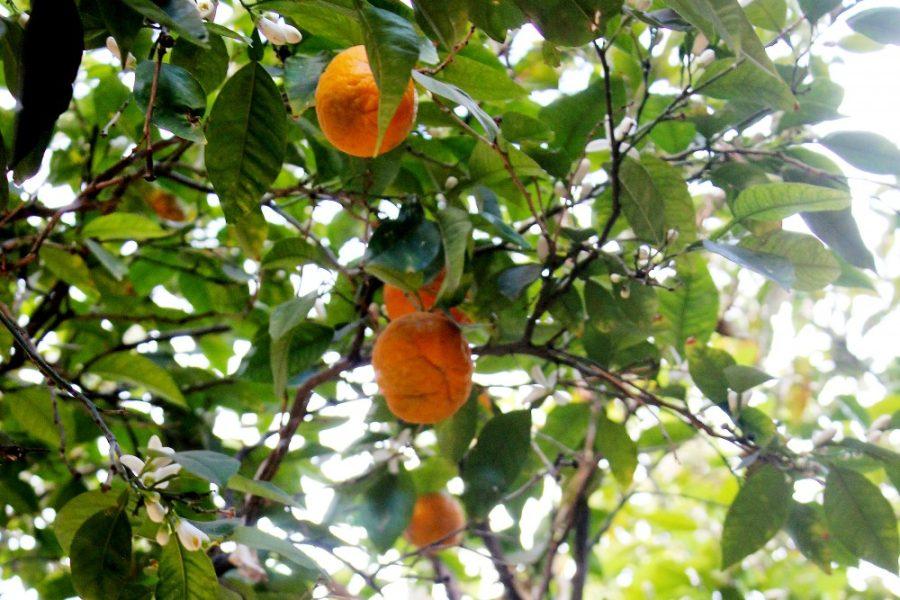On March 8, students will gather together on campus to collect Calamondin limes with refugees from around the world. The citrus harvest will be a morning of utilizing local food sources and bringing students together with the wider global community.
Participating students will be able to taste and take home some limes themselves, although most of the harvested limes will go directly to the refugees and their families.
“The fruit that grows right here on campus would just fall to the ground after ripening,” said Ty Trainer, an intern for both Linking Edible Arizona Forests and the Iskashitaa Refugee Network, and the organizer of Saturday’s event. “One of the values LEAF holds is re-imagining how the food on campus can be used.”
The event will take advantage of local food sources by harvesting fruit from one of the 150 species of edible fruit-bearing trees that grow on campus. This will be the first year on campus students gather to harvest the Calamondin limes. A successful community olive harvest on campus in November helped pave the way for more harvests to continue to provide food and resources.
“As human beings coming from backgrounds of different languages and culture, we can connect on food,” Trainer said. “I’m excited about the harvest because the event is communal in nature; it’s welcome for everyone to join.”
People from 18 different countries, from Somalia to Bhutan, are part of the Refugee Network and are among those connecting with campus through sustainable food practices.
“We have the opportunity to create a more sustainable society,” Trainer said. “Through picking food ourselves locally, we can learn about our own community and some of the greater issues that bring refugees to Arizona from thousands of miles away. The event opens up dialogue of the value of local food resources.”
The limes have a soft orange center, and their rinds range from green to orange in color.
“They’re a very unique fruit. They almost look like orange grapes,” Trainer said. “One of the things about the Calamondin lime that makes it so unique is that they have an edible rind. The rind itself is very thin and sweet, and the inside juice is more sour. It’s kind of like nature’s Sour Patch Kids.”
Students are encouraged to RSVP or ask questions about the event on the Facebook page, “On Campus Citrus Harvest!” The harvesters will meet on campus at Palm Road and Second Street on March 8 at 10 a.m.









